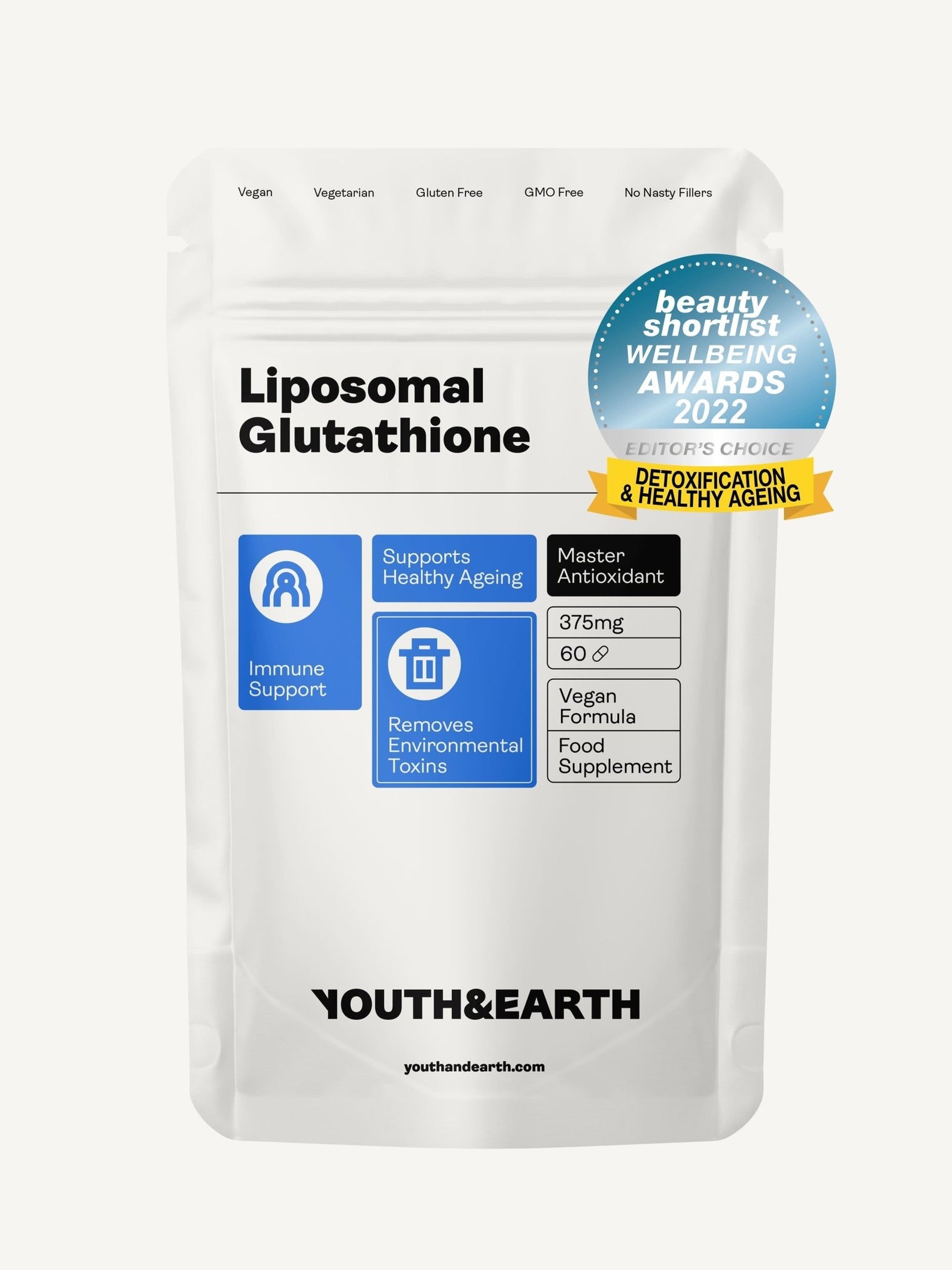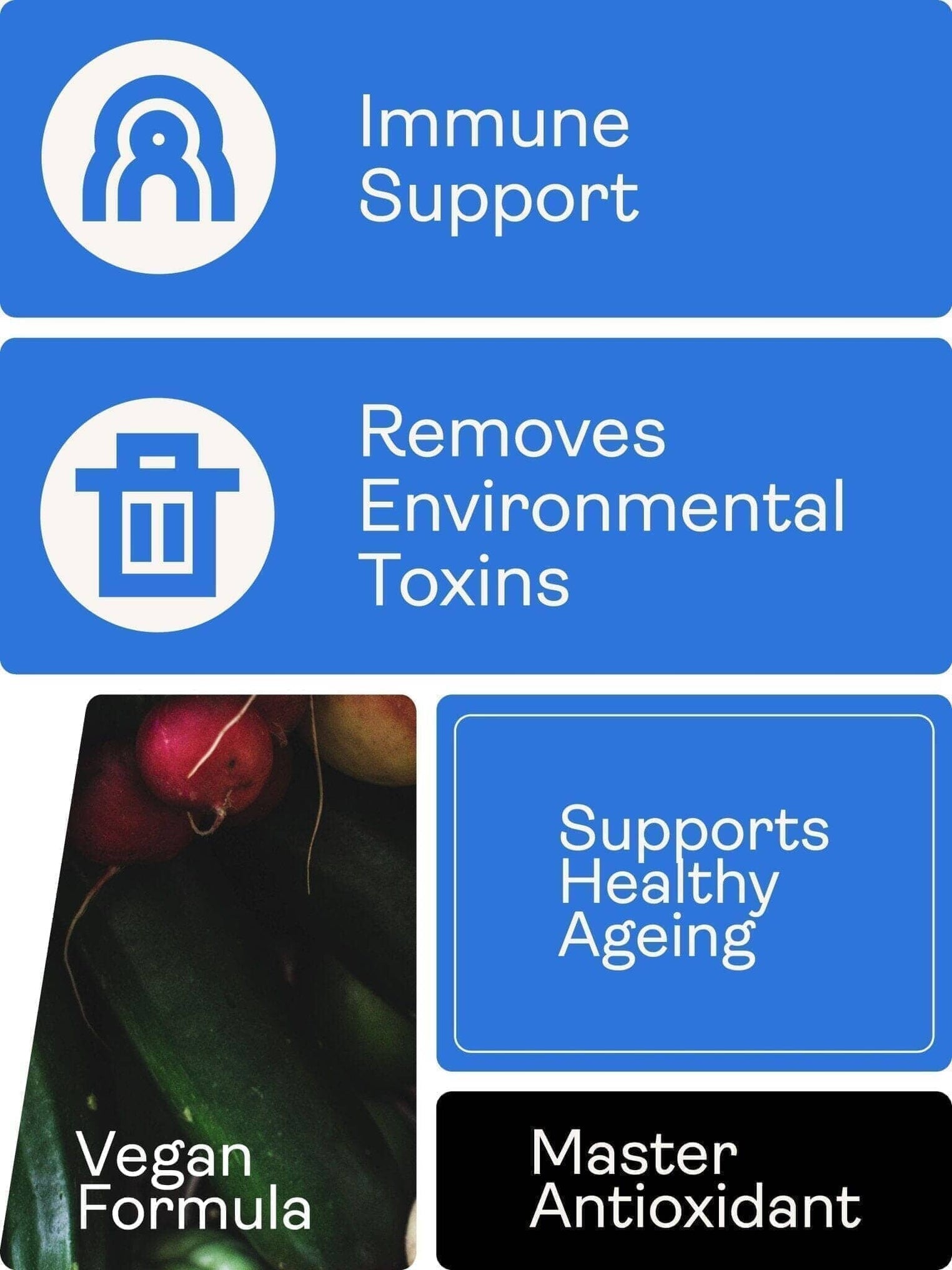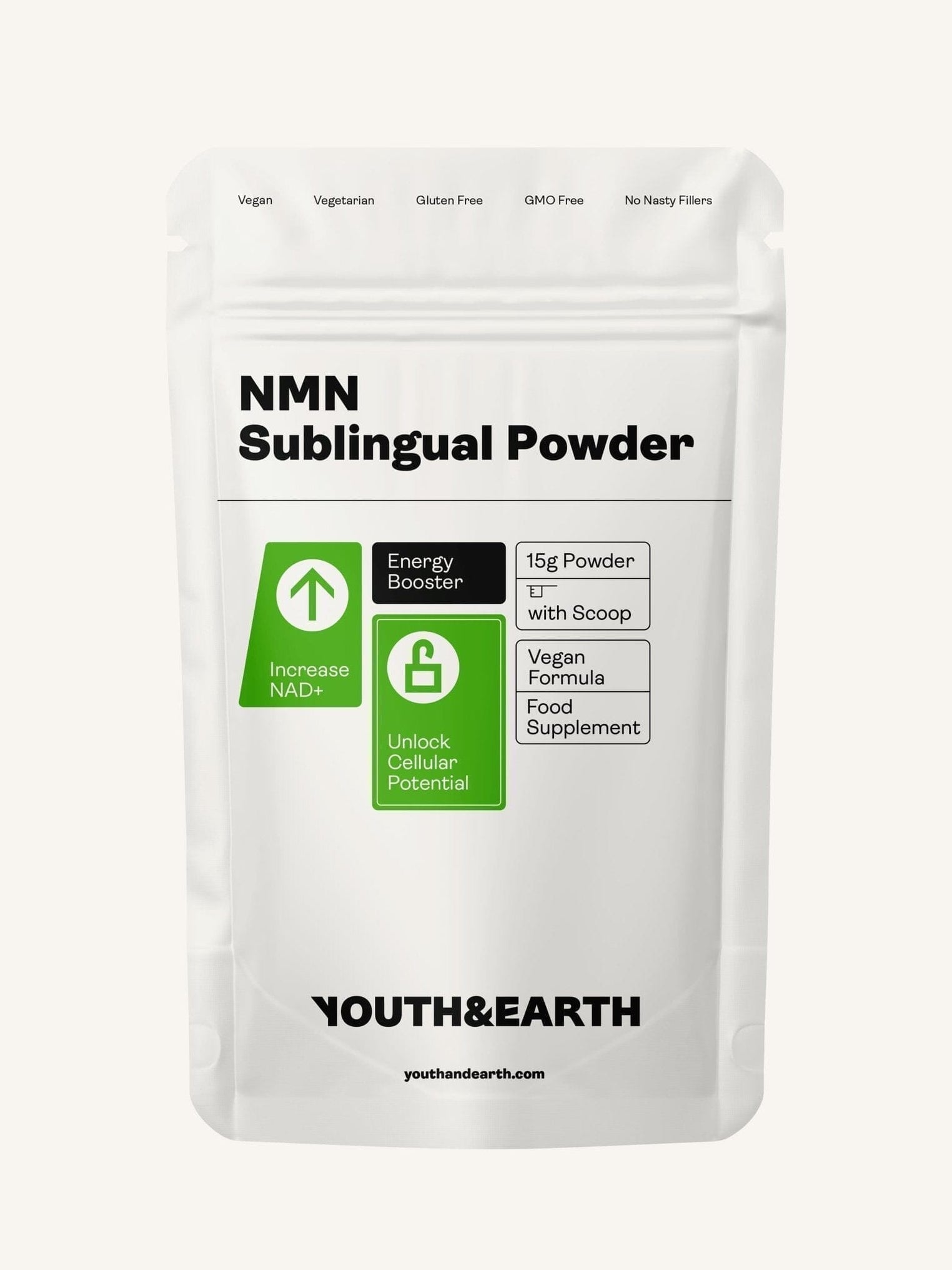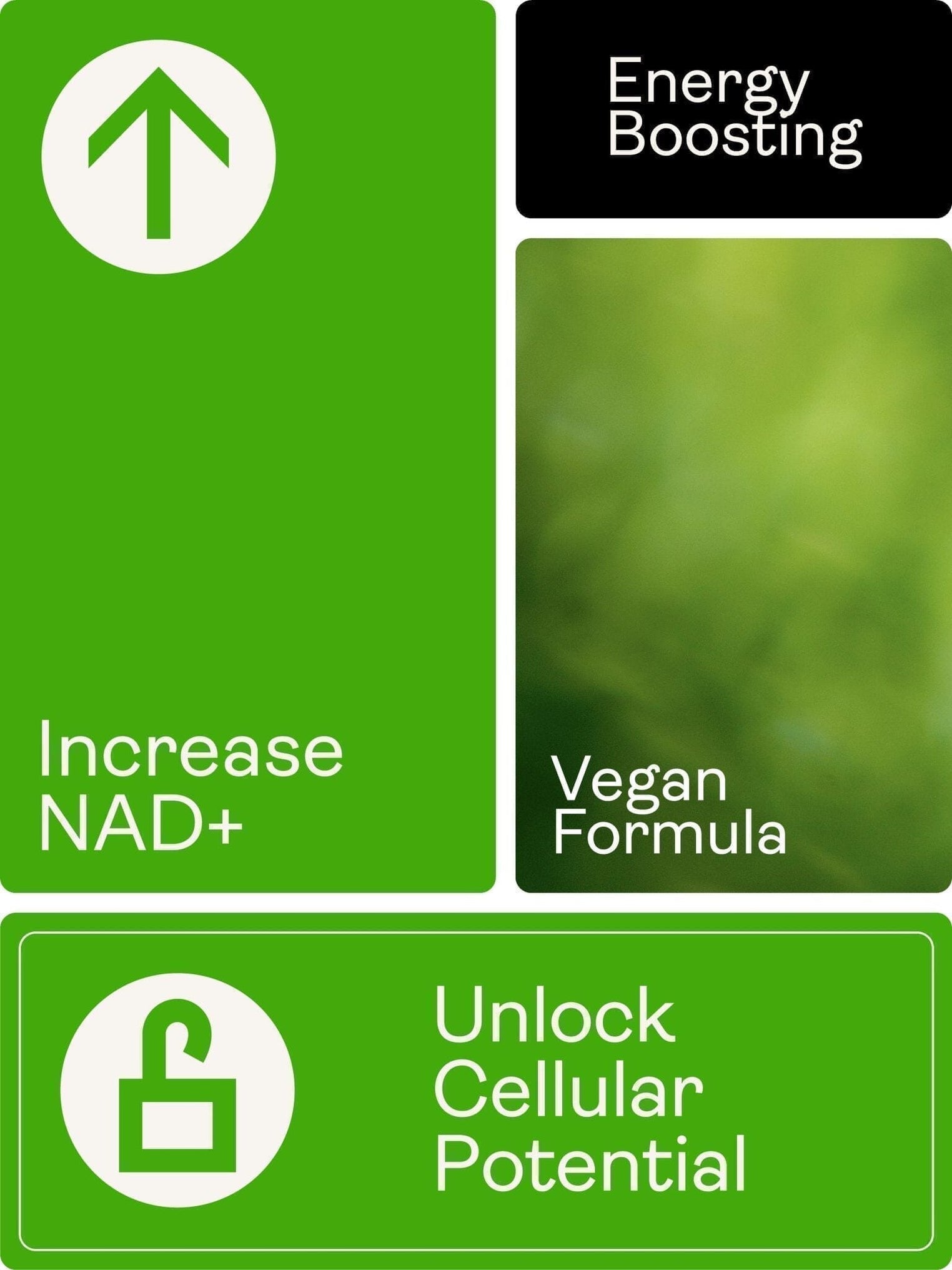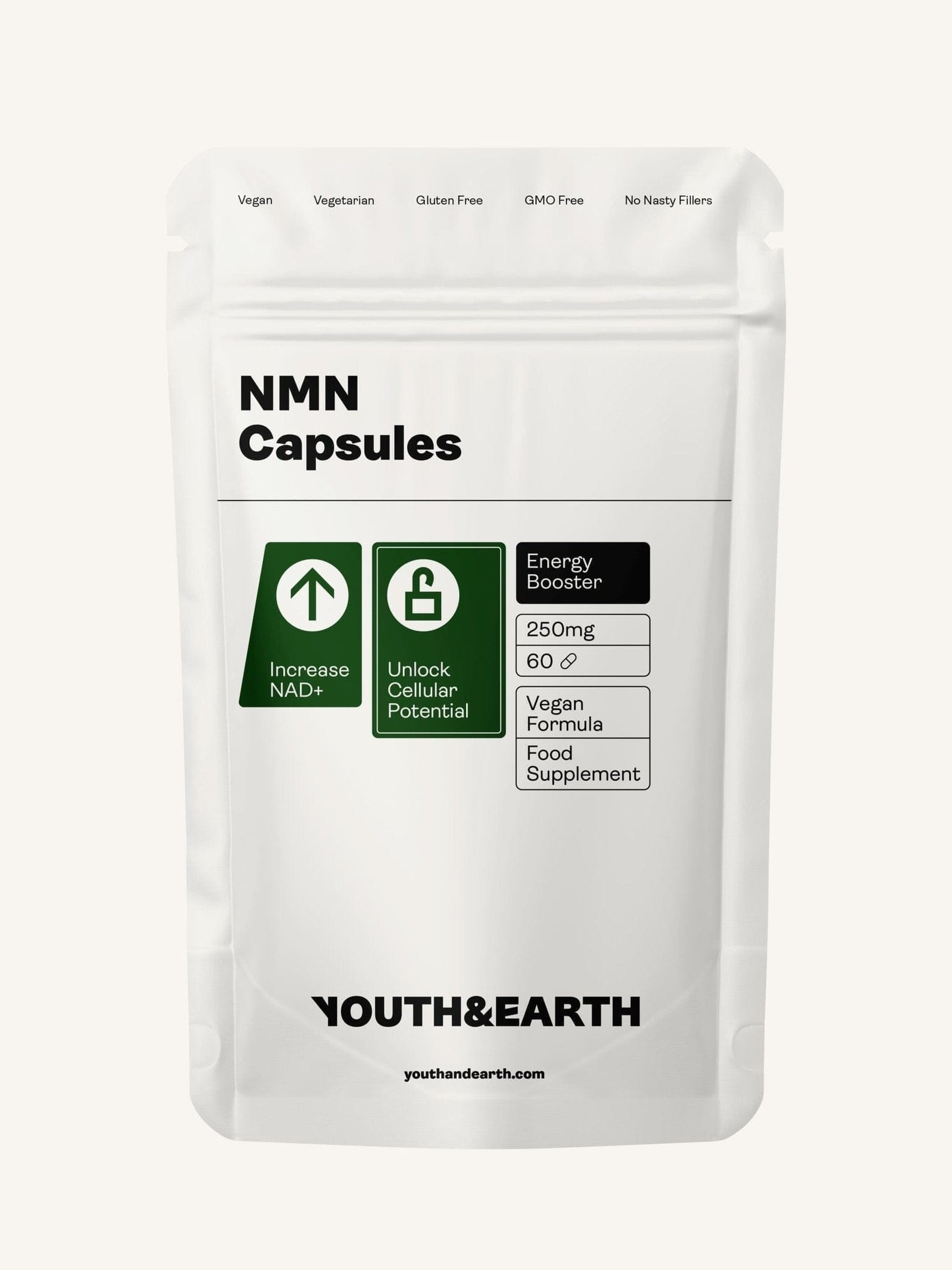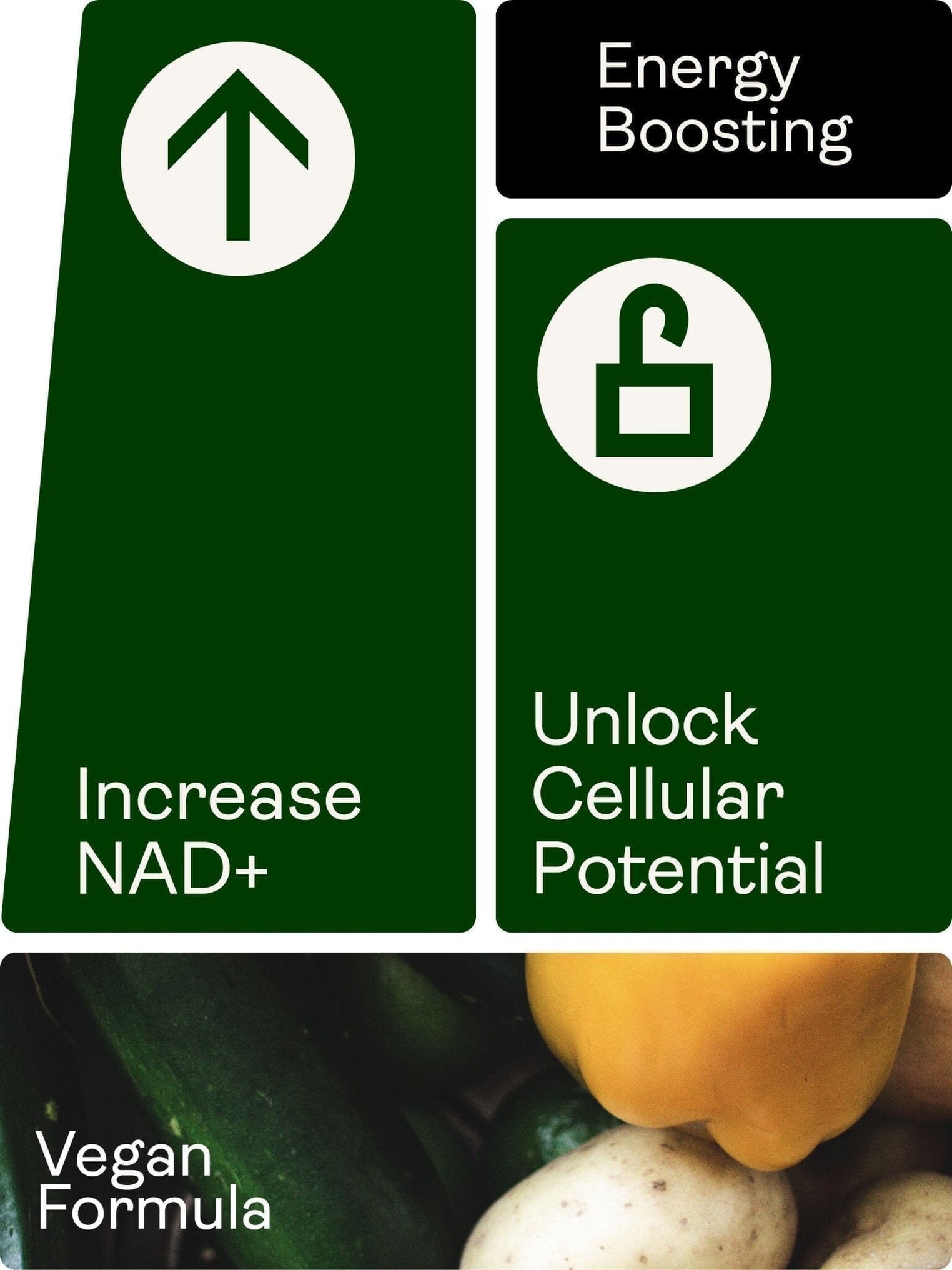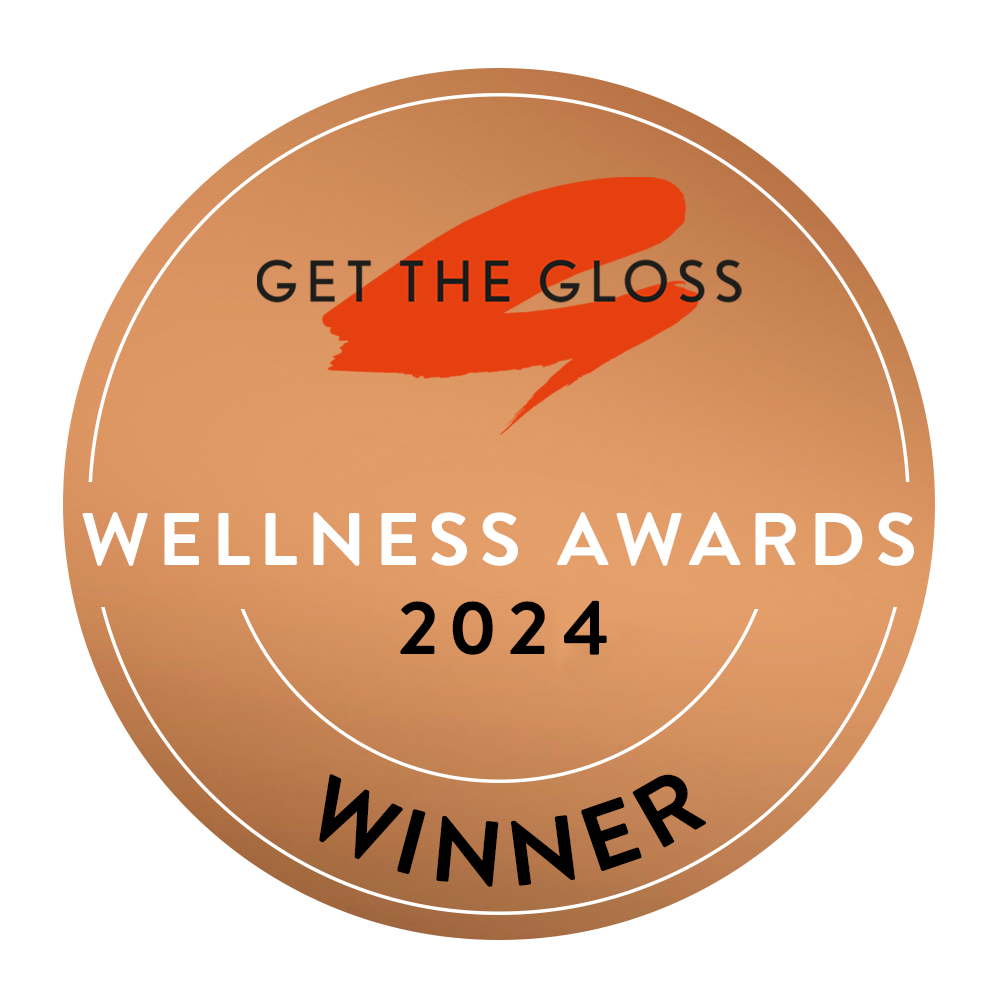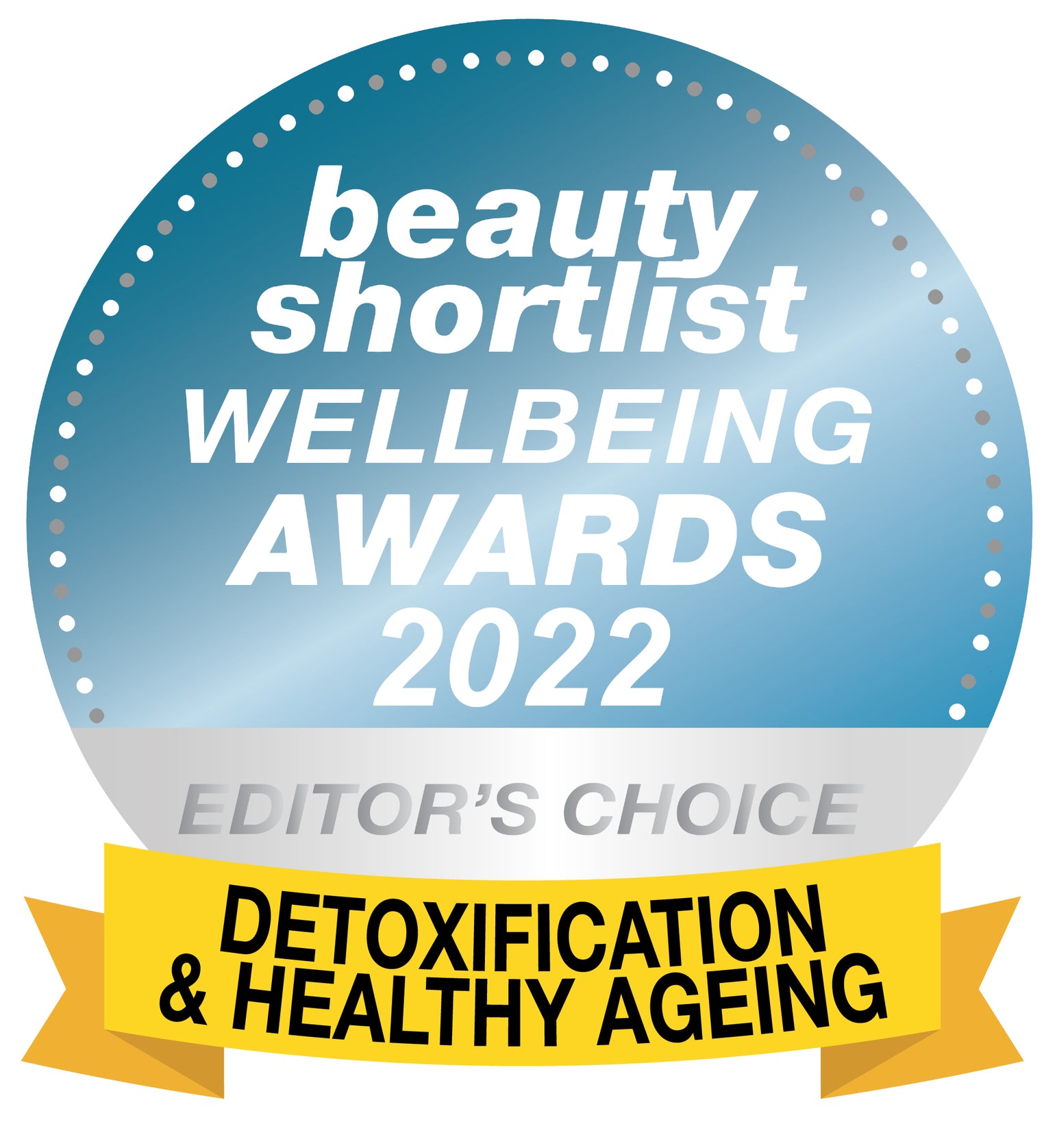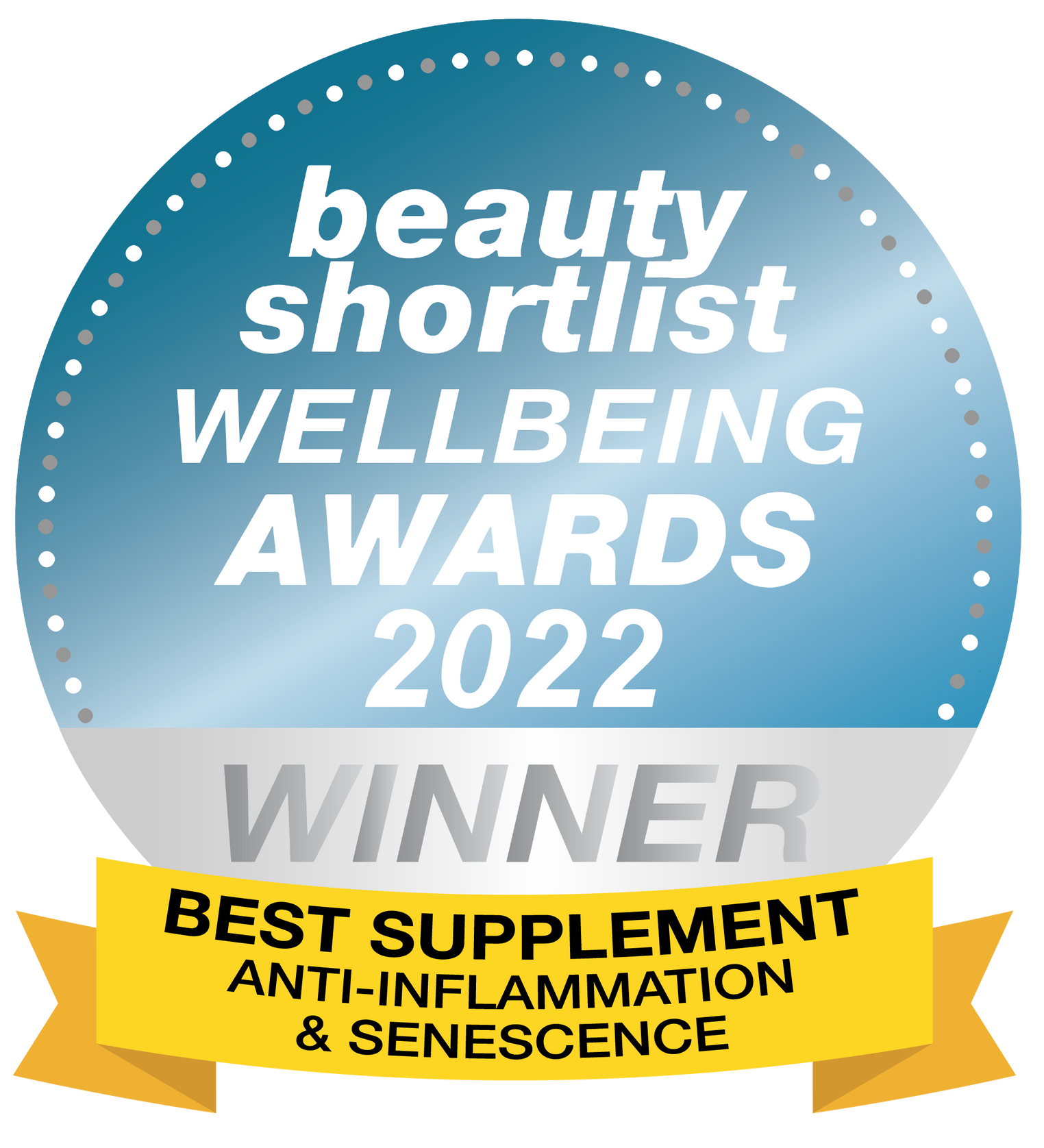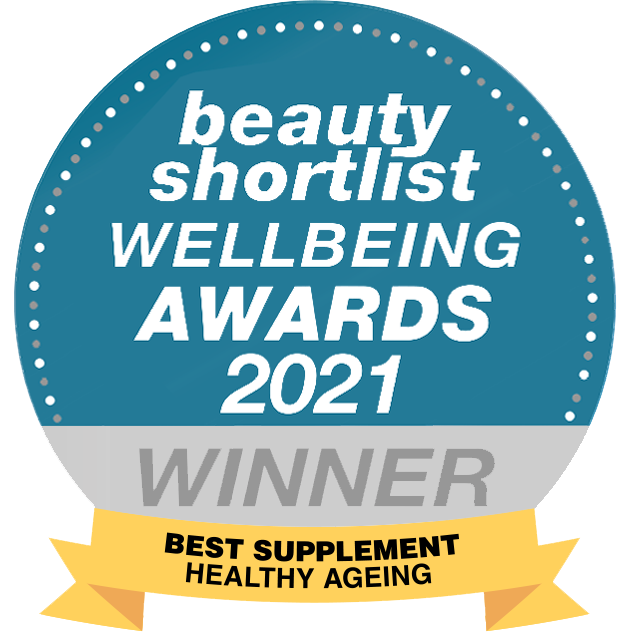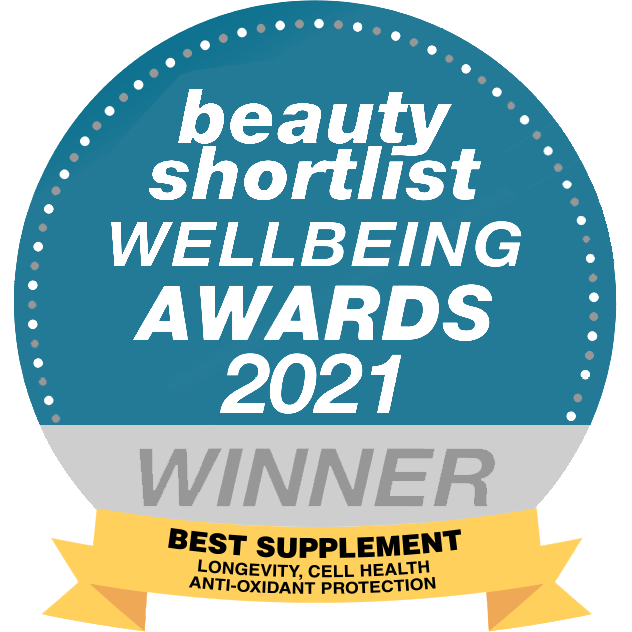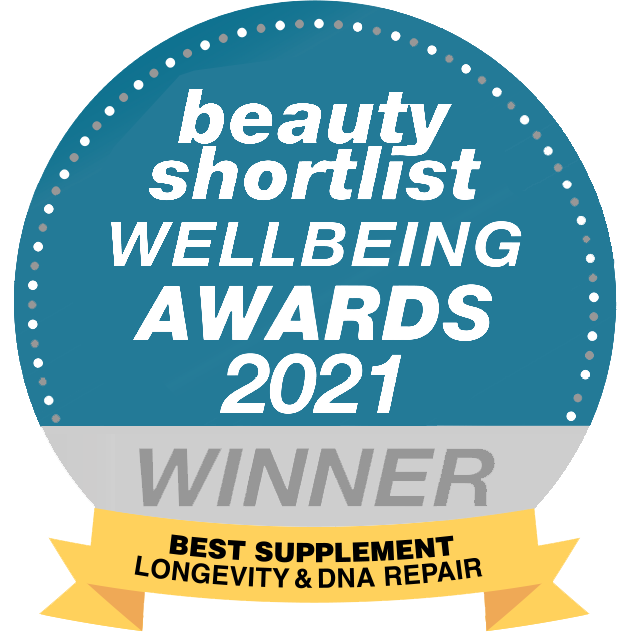Everywhere in the world people are living longer, thanks in no small part to our ability to control infectious diseases. The next challenge will be to maintain good health in our later years.
GOLDEN AGE OF LONGEVITY
More people today are reaching their 70s, 80s and beyond than they were just a generation ago. At the beginning of the 19th century, no country had a life expectancy (the average period a person lives) above 40 years.
In the UK, for which most historic data is available, life expectancy fluctuated between 30 and 40 and didn't start to trend upwards until the 19th century. Since 1900, theUK life expectancy was 46, then 69 in 1950, 78 in 2000, and has now surpassed 80.

Although life expectancy remains unequal around the world, most people today can expect to livetwice as long as those in the richest countries did in 1950.

SO, WHAT’S CHANGED?
In part, we have the decline in child mortality to thank for this increase. However, if this was the only factor, once past childhood, people could expect to live as long as they did centuries ago. But life expectancycontinues to increase at all ages — all over the world.
Historically, only a tiny handful of people had the luxury of nutritious food and comfortable living conditions. Everyone else lived in extreme poverty, with practically no medicine or public health interventions to protect them from infectious diseases like smallpox, which stormed through populations and killed many people in early and mid-life.
This all changed as society reaped the benefits of the Age of Enlightenment. Scientific knowledge such as the germ theory of disease gave way tomedical innovations like vaccinations and antibiotics. A better understanding of how disease spreads also informed us of the public health benefits of better housing, hygiene and sanitation.
All this made it possible to stem infectious disease: the main cause of early and mid-life mortality.
By the second half of the 20th century, we had done such a good job tackling infectious diseases that there was little room left for reducing early and mid-life mortality in rich countries. The ongoing growth of life expectancy, while slowing or even stalling in some countries, is thanks todecreasing late-life mortality.
HEALTHSPAN VSLIFESPAN
It's an amazing achievement that people are living longer than ever before. However, with fewer people dying early from infectious diseases, they live long enough to developnon-communicable diseases like Alzheimer’s disease, most heart diseases and cancers, diabetes and osteoporosis. These diseases are now the leading cause of death and disability.
Many non-communicable diseases are chronic, seriously impacting the quality of later life. In this context, epidemiologists do not only talk about life expectancy, but alsohealthylife expectancy: average lifespan without disability or disease burden.For instance, thehealth span of a man in England in 2017–2019 could expect to live to 80, but only to 63 without disability or disease burden.
As lifespan continues to grow, it is critical to ensure that healthspan grows alongside it. This means that healthcare today is not only about treating and preventing disease – it’s also about lowering the burden of NCDs so these extra years of life can be enjoyed to their fullest.
The good news is that people can helpreduce their risk of many non-communicable diseases — with a more active lifestyle, better sleep and stress management, a nutritious diet, lower alcohol consumption and quitting smoking the most effective ways.
And as scientists are discovering more about how our bodies age, they're also identifying new ways to target and slow the ageing process. This includes replacing molecules that our bodies produce less as we age — likeNAD+ orCoenzyme Q10 - orcritical antioxidants thatprotect our cells from damage.
The next leap forward in the science of ageing may not be about how long we live, but how well we age.
Join us for Part 5 as we answer, why you may be younger than you think?
It’s not intended to be a substitute for professional medical advice, diagnosis, or treatment. Always seek the advice of your physician or health provider before starting a new health regime or program.
Do not ignore medical advice or delay seeking it because of something you’ve read on this site or any Youth & Earth product.

